The Cetus 2 3D printer stands out in the competitive 3D printer market with its unique design and advanced features. Geared towards both enthusiasts and professionals, this printer promises to bring innovative solutions to common 3D printing challenges, making it a strong contender in the world of 3D printing. In this review, we will explore the various aspects that make the Cetus 2 a noteworthy option for those interested in reliable 3D printing technology.
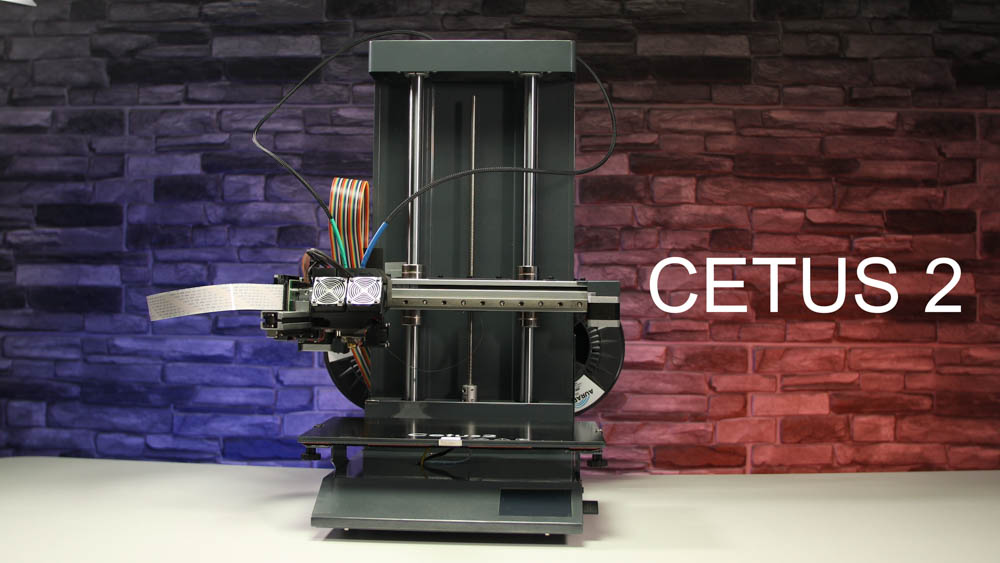
The Cetus 2 3D printer presents a design that melds retro aesthetics with practical functionality. Its sturdy frame and back panel give it a classic, albeit not overly sophisticated, appearance. The build quality of the Cetus 2 is impressive, emphasizing durability while maintaining a certain visual charm. This review highlights how the inclusion of linear rails on the X and Y axes, along with the distinctive dual direct drive extruder, demonstrates a focus on functional reliability that compensates for its more traditional look.
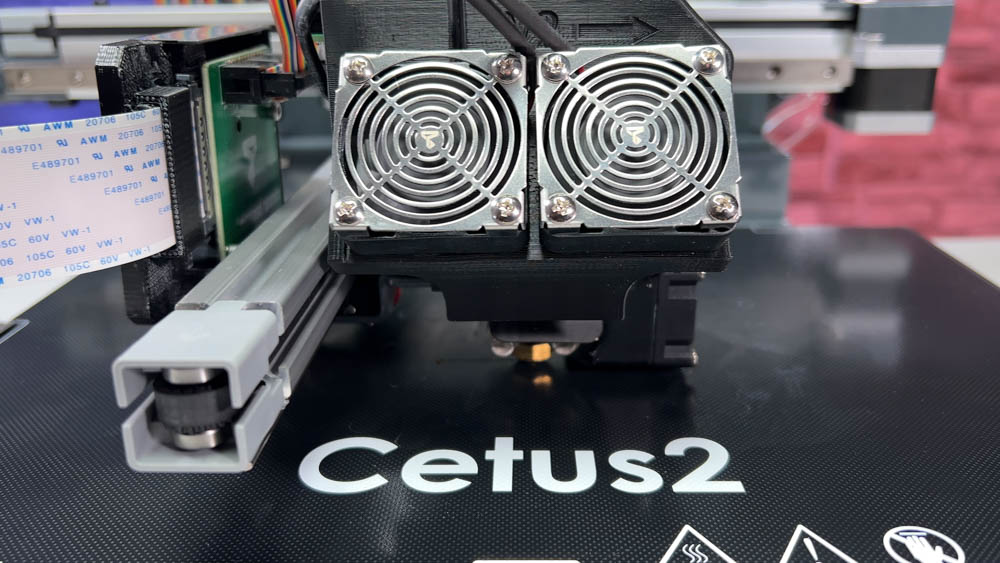
In this review, we find that the Cetus 2 3D printer demonstrates user-friendly qualities, though it has its quirks, especially regarding its fixed print bed. Constructed from carborundum glass, the bed provides a stable and consistent surface for printing. However, users may encounter issues with model adhesion; sometimes, prints may not stick adequately, or conversely, they might adhere too strongly to the bed. A useful tip mentioned in this review for easier removal of prints is to place the bed in the freezer for a short period. This method often allows prints to be detached more effortlessly, balancing out this aspect of the printers design with its overall user-friendly maintenance and operation.
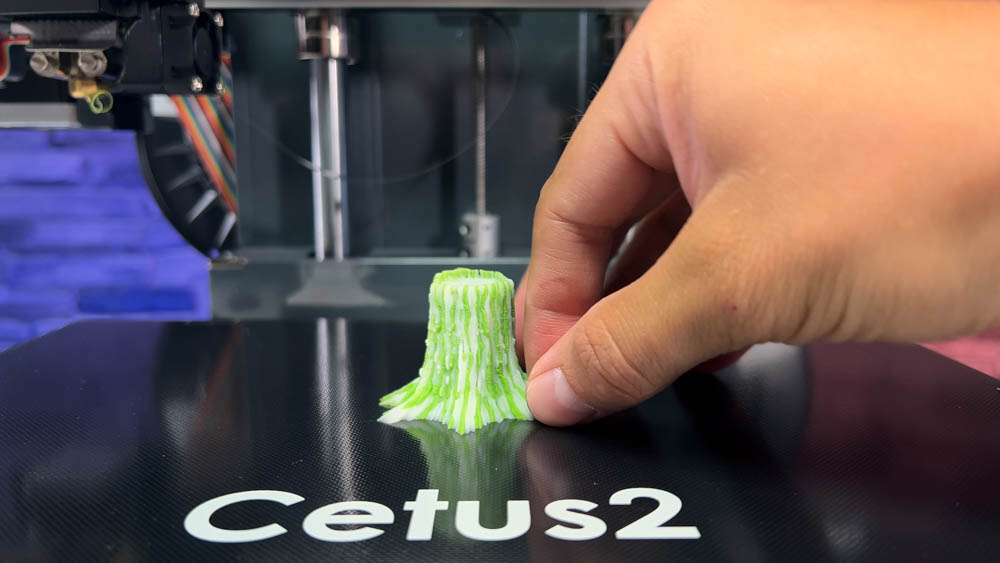
The dual direct drive extruders are the heart of the Cetus 2 3D printer, efficiently pushing plastic into a specialized hotend. This review covers how this setup minimizes filament blending, enhancing the printers dual-color printing capabilities. Each hotend section has its own heater, allowing for precise temperature control and a maximum nozzle temperature of 280 degrees Celsius, which is highlighted as a key performance factor in our review.
The Cetus 2 3D printer features an intuitive auto-leveling system. Once the printer is assembled, it is very easy to start printing. As this review points out, autoleveling is done by touching the plate with the nozzle tip, and it indeed works well, making it easier for users to begin printing with minimal adjustments.
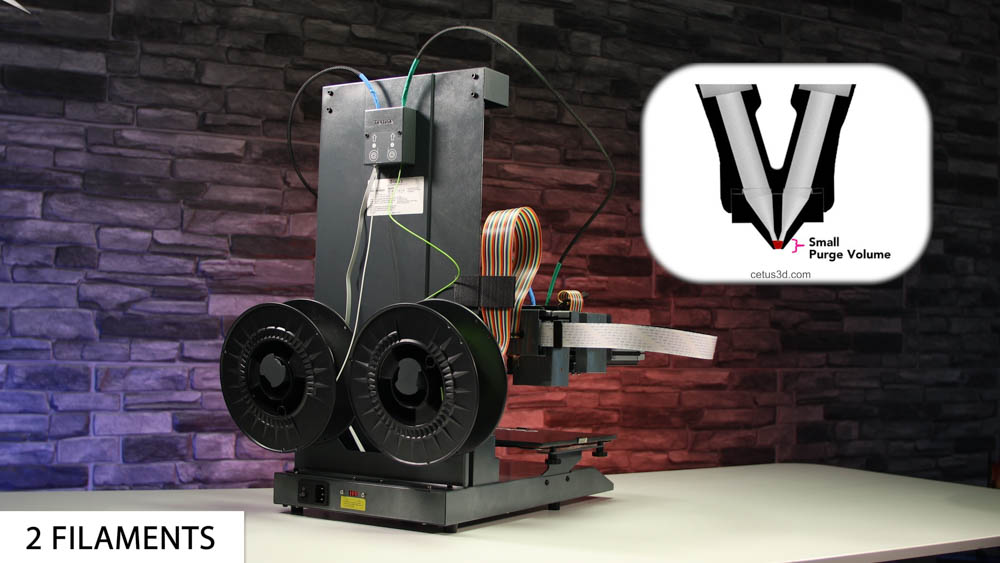
The Cetus 2 3D printer is operated using a 4.3-inch touchscreen display. This screen is simple and covers all the basic controls needed for regular printing jobs. Even though it is not very advanced, it is enough to manage your printing tasks effectively. As noted in this review, setting up the Cetus 2 3D printer is not exactly easy and might not be ideal for complete beginners. However, the manufacturer offers a helpful YouTube video where the entire build process is explained in detail. This can help users understand the steps better and make it easier to assemble the printer. It is not rocket science. The calibration process, aided by an effective auto-leveling system, simplifies the preparation for printing, ensuring optimal print quality, which is a highlight in this review.
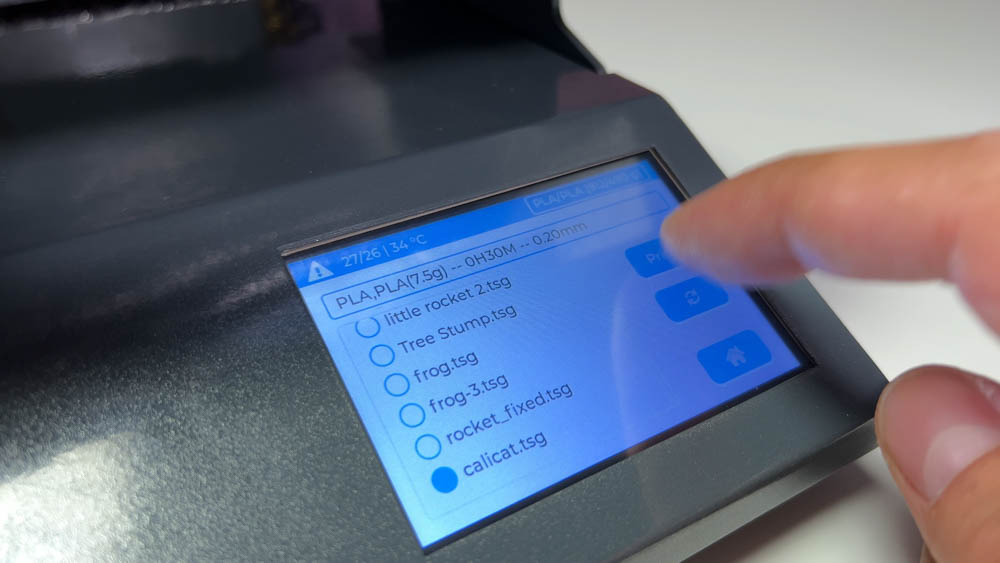
In this review, UP Studio is the recommended slicer software for the Cetus 2 3D printer, though it may present a learning curve due to its cluttered interface. Despite this, it offers useful features for color and texture customization, which we highlight in this review. The Cetus 2 excels in connectivity, offering USB-C, WiFi, and SD card options, ensuring versatility and ease of use in various setups, as noted in our review.
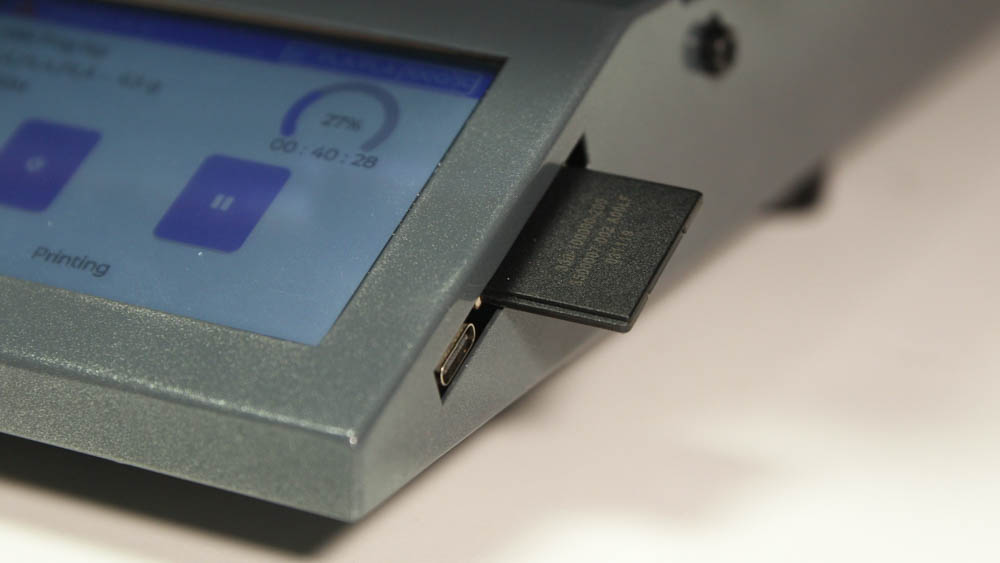
The Cetus 2 3D printer produces good quality prints with different types of materials. In this review, what stands out the most is its ability to print in two colors very well. This dual-color printing is not only impressive but also efficient, as it uses very little filament, reducing waste. Our review emphasizes how the Cetus 2 steady performance is generally reliable, though achieving the best results might require some extra effort in adjusting the software. The dual filament sensor enhances the printing process, reducing the chances of print failures due to filament issues, a point of interest in this review.
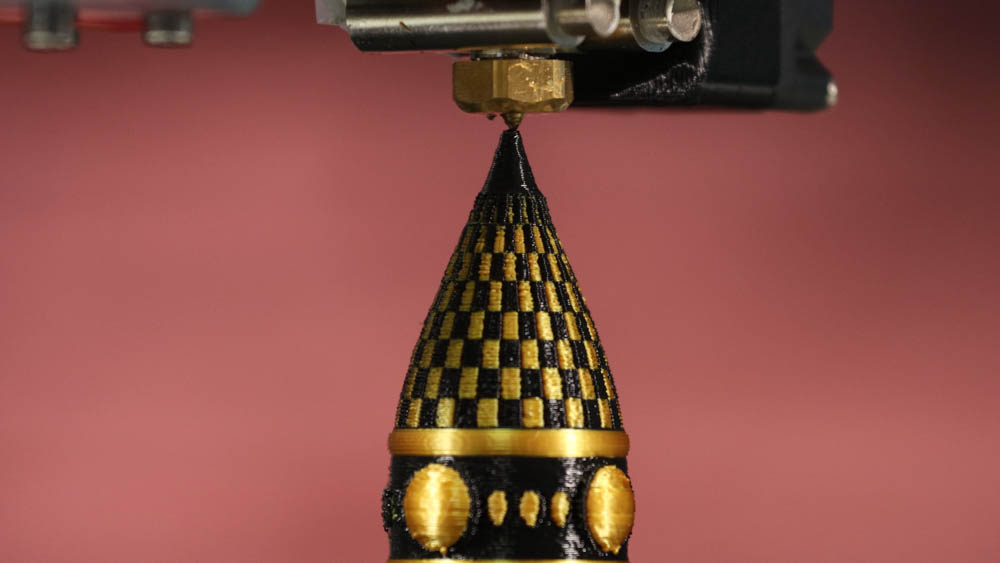
In this review, we find that the Cetus 2 price point is justified by its innovative features and reliable performance, making it a competitive option in its segment. Compared to other printers in its class, the Cetus 2 stands out for its dual-color printing capabilities and robust build quality, as noted throughout this review.
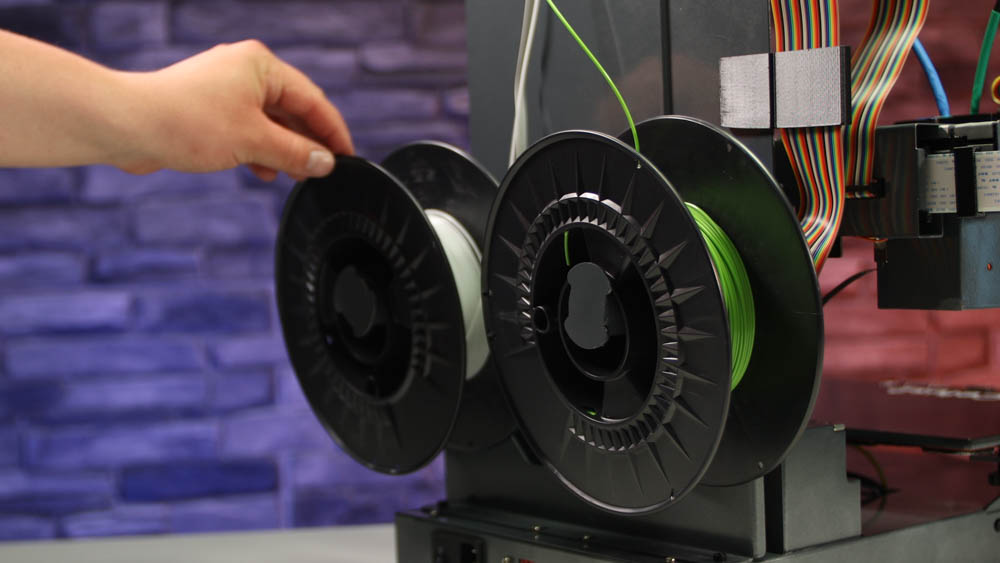
Pros highlighted in this review include innovative dual-color printing, reliable build quality, and excellent connectivity options. Cons are the somewhat basic control interface and the learning curve associated with the UP Studio software, both of which are discussed in this review.
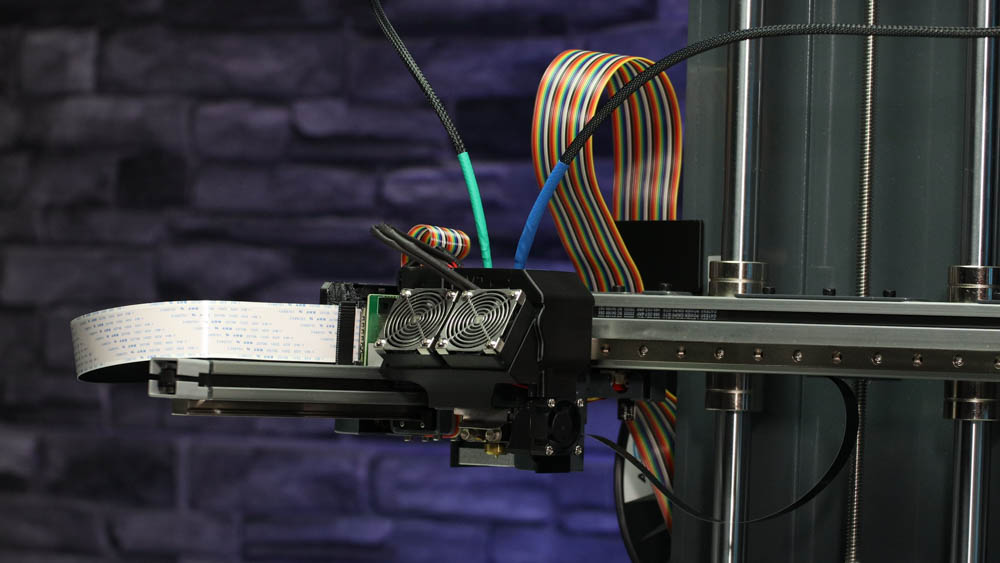
In this section of our review, we provide the technical specifications of the Cetus 2 3D printer: - Printing Volume: 200x300x300mm
- Max Extruder Speed: 200mm/sec
- Max Nozzle Temperature: 280°C
- Max Bed Temperature: 100°C
- Connectivity: USB-C, WiFi, SD Card
- Control Interface: 4.3-inch TFT Touchscreen
- Software: UP Studio
- Special Features: Dual Direct Drive Extruders, Carborundum Glass Bed, Auto-Leveling System, Dual Filament Sensor